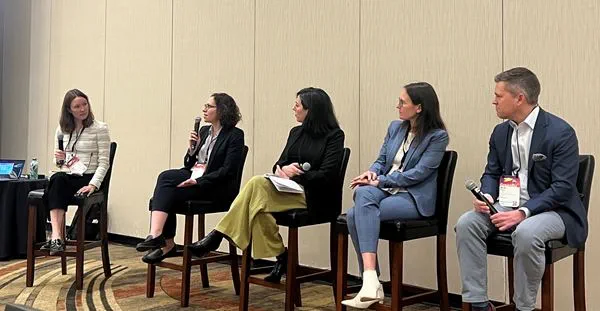Recent government announcements around the country’s economic recovery have noted the importance of supporting sustainable construction, with a funding package earmarked to accelerate energy efficiency in public buildings.
As the government starts to lay the foundations for a balanced and green recovery, now is the time to evaluate what the role of cost managers might look like in the future and how can they align to the sustainability agenda.
Looking at buildings through a sustainability lens, we’re seeing the introduction of new carbon reduction measures such as embodied carbon and emission-based carbon. Of course, this is incredibly positive, but these new technologies mean more costs to buildings. There is a really important role for cost managers to play in demonstrating the positives around cleaner buildings, despite the initial costs.
After all, the construction industry alone emits 40% of the world’s emissions. It is undoubtedly important to show clients the benefit of going green because not only is it the right thing to do, it also helps clients save money in the future. Indeed, quantifying the impact a building can have on the environment could be a very clear pathway for a cost manager of the future.
But how can buildings become greener with those added cost implications, in an industry where affordability is already a big challenge?
We are part of a very old industry, with many professional bodies dating back to the 1800s and the heritage of Arcadis itself going back 125 years. The profession of cost management is very traditional, but the digital revolution is starting to shake things up. There are certain perceived ‘threats’ to the industry and digital disruption through the development of new technology and tools. Because of these advancements, the professions must adapt in order to create an attractive place to retain talent, skills and capabilities in the future.
Despite new digital capabilities, it is important to always remember the value of the advice that can be given. Our cost managers can step into the shoes of clients and think “if this was my money, how would I spend it?” No amount of digital technologies can do that.
Yet digital can offer so much that can benefit the profession and we need to embrace new ways of working. Digital disruption will affect the mundane and low-value tasks that cost managers currently deliver but that can only be a good thing. We want the construction industry to be an inspiring profession to be part of, and if digital disruption gets rid of some of those more mundane tasks it makes the job more attractive. The question now is, what should we replace the time spent on those tasks with?
We need to embrace technologies like automation, which will require working in a more multi-disciplinary way. Cost managers need to work closely with those focusing on technology and data science, and it is important to take a global perspective into account. For instance, when we look at technologies such as robotic process automation, the skills are being delivered far more readily in India than they are in the UK. With the increase in digitalization and globalization, what better time to tap into global delivery. Those who embrace this revolution will go much further than late adopters.
Cost managers are very used to working with data and it is already a very important tool to show clients how favourably their buildings compare to other buildings. The more advanced analytics, such as predictive analytics based on trends is a new world that cost management can move into.
Another area is around the client experience. When you think about architecture and engineering, working with clients can typically be visual as colleagues show their drawings and colourful renders. For cost managers, it is a very figures-based discipline. Typically, cost managers communicate with clients on a more one-to-one basis and build trust and empathy. Deliverables are then presented in pdf format via email. With more availability, cost managers could present work in a more consumable and interactive way to improve decision making.
As we continue to look at the recovery from the effects of COVID-19, resiliency is high on the agenda. Ultimately, clients are starting to look to long term resilience and it is more sensible to invest in greener buildings, with best-in-class, energy-efficiency performances, incorporating low-carbon heating systems, and reap the benefits in the future. Above all, we want to make it easier for clients to say yes to sustainability as we move to a carbon-neutral economy.








